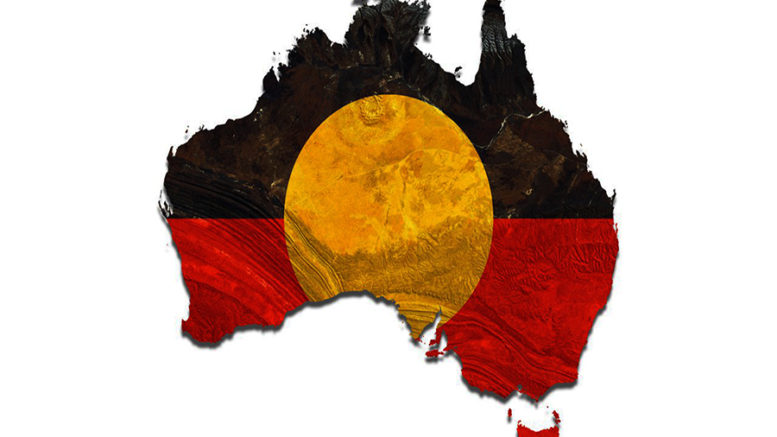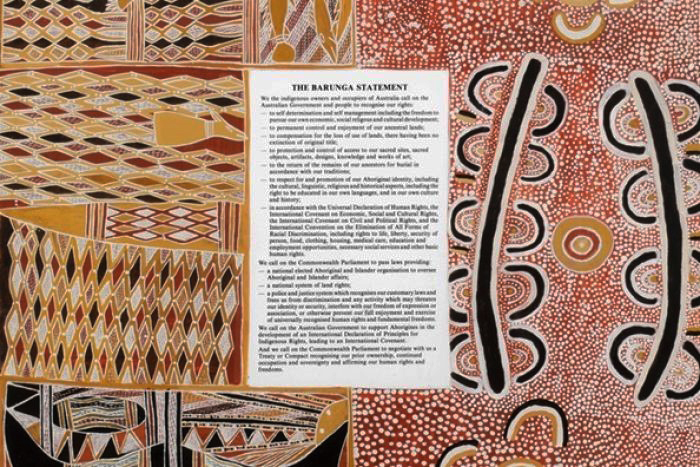Contributed from Queensland
Joining Victoria’s historic initiative towards putting in place a treaty with the First Nations of the state, the Northern Territory has signed a memorandum of understanding towards a similar result.
Chief Minister Michael Gunner says his government stands ready to negotiate a “Northern Territory Treaty.”
South Australia had already made its own move, and on 13 December 2016, it set aside $4.4 million to support its treaty process, backing negotiations that were already taking place. But the state’s new government has reversed direction and stopped the negotiations.
Moving towards Treaty is an important step towards reconciliation, recognising that the land was taken by foreign invaders from those already living here and the right to sovereignty. .
In formal terms, a treaty is a binding agreement between two or more states that agrees on certain responsibilities and duties for each party, which is usually reached after a period of negotiation. The implication is that the parties relate to each other as equals.
This is the reason why achieving this is so important to Australia’s First Nations. Achieving a treaty, is to move dependency and powerlessness, towards being a people with their own voice and in control of their own destiny.
The movements towards Treaty that are now underway in Victoria and the Northern Territory, is working to pull the whole of Australia into this direction.
The Commonwealth government continues to refuse to shift. It will not be able to hold back the tide of history and will eventually have to give way. Now that the process has begun in a state and territory, the pressure to catch up is on.
The Northern Territory memorandum of understanding, which has come about after a period of consultation that began in March, was signed on 7 June at the Barunga Festival in the Aboriginal community of Barunga, about 400km south-west of Darwin. It was here that 30 years ago, the landmark declaration of self-determination and a call for a treaty, was delivered to the then prime minister of Australia, Bob Hawke.
June’s memorandum outlines how the consultation between the traditional owners and the Government is going to take place. A working group has been set up. It was signed by the Anindilyakawa Land Council, the Central Land Council, the Northern Land Council, the Tiwi Land Council and the Chief Minister Michael Gunner, on behalf of the Territory’s government.
A similar process is taking place in Victoria.
Last year’s Uluru Statement from the Heart called on the Australian national government to agree to its own treaty and work towards the creation of First Nations peoples. Prime Minister Malcolm Turnbull dismissed the Statement then, in what was widely regarded a disrespectful way.
He said then that “the Government does not believe such a radical change to our constitution’s representative institutions has any realistic prospect of being supported by a majority of Australians in a majority of states.”
By this he was referring to the argument that entering into an agreement requires a change to the constitution, which van only be brought about through a referendum. This is not true and the today’s initiatives have been able to take place.
Australia is moving on and Turnbull and his government are being left behind.



Be the first to comment on "Australia is moving towards a treaty with the First Nations"